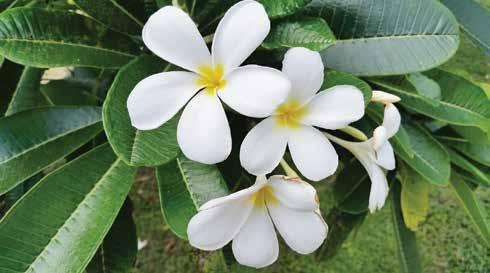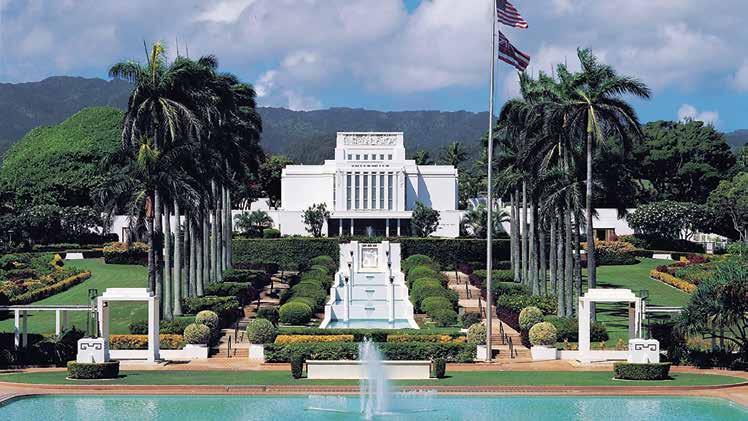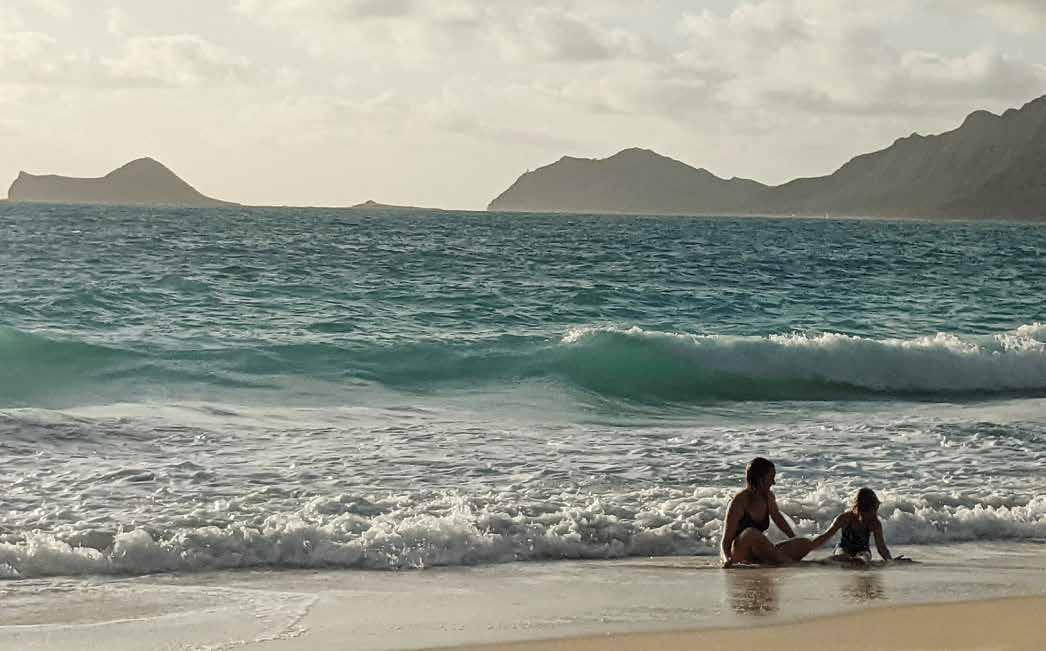
3 minute read
Burying Weapons of War
come to a knowledge of the truth.”
Impressed by the small but faithful community in Hawai’i of Japanese speaking Latter-day Saints, President Grant called for the formation of the Central Pacific Mission in 1937, focused on Japanese people living in Hawai’i with Hilton and Hazel Rob- ertson as mission leaders. At the onset, there were 17 members in this Japanese speaking mission. Thirteen years later at its conclusion, there were over 700. Japanese youth joining the Church brought with them from their Buddhist upbringing, teachings and values such as: honor, respect, love and caring.
The youth were drawn to the teachings of Christianity and activities of the Church. These new members created a solid group of faithful young adults prepared to reopen missionary work in Japan following World War II. The first missionaries called to Japan from the Central Pacific Mission were Elders Tomosue Abo and Ralph Noboru.
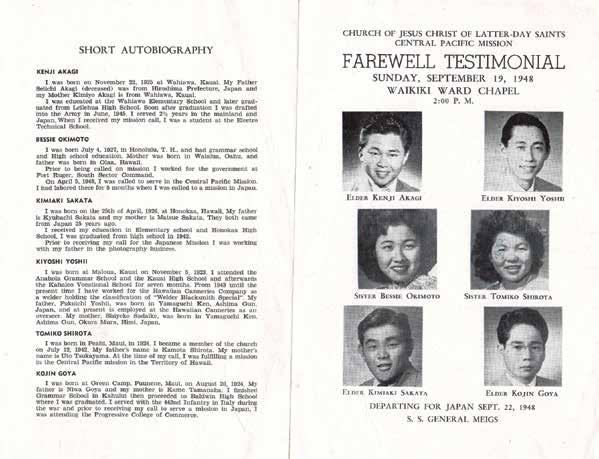
Chieko Okazaki, former 1st counselor in the Relief Society General Presidency joined the Church in Hawai’i during this time. At a Pioneers in the Pacific Conference held in 1997 at BYU-Hawaii, she recalls only disobeying her father once, to become a member of the Church at age fifteen without his approval. She attributes the greatest factors for missionary success in Hawai’i to be the gospel knowledge of the missionaries and the love and acceptance from fellow saints. Of the Japanese joining the Church in Hawai’i at this time, Okazaki recalls that the members, “represent an extraordinary group of people who I am convinced were called, chosen and led into the Church by great actions of the Spirit in a turning point in the history of the Church.”
At the same conference, Adney Komatsu, first general authority of Asian descent, said he knew he wanted to be baptized after entering a meeting and feeling an overwhelming sense of peace he had never felt before. He made a special deal with his mother that he would quit the Church if any of his mother’s friends accused him of turning into a bum.
Missionaries from the Central Pacific Mission gathered for 50 years following the closure of the mission for reunions. Accounts were recorded regularly when they came together. One story shared and recorded in a 2006 Church News article is of Keith Renstrom who served from 19481950. During World War II he battled as a U.S. Marine, at Iwo Jima and other Pacific islands. In an interview Renstrom explains, “I am a marine and I fought in World War II. I was never trained to hate the Japanese, but we did hate them, with all the hatred we could have.” One Sunday, attending church as a soldier in the Pacific islands, he was stunned when he walked into the church building. “They had two Japanese missionaries talking, the second one touched my heart like nobody else has ever touched it. I felt this feeling of forgiveness coming over me. As Elder Kyoshi Sukiyama talked, I couldn’t believe what he had gone through
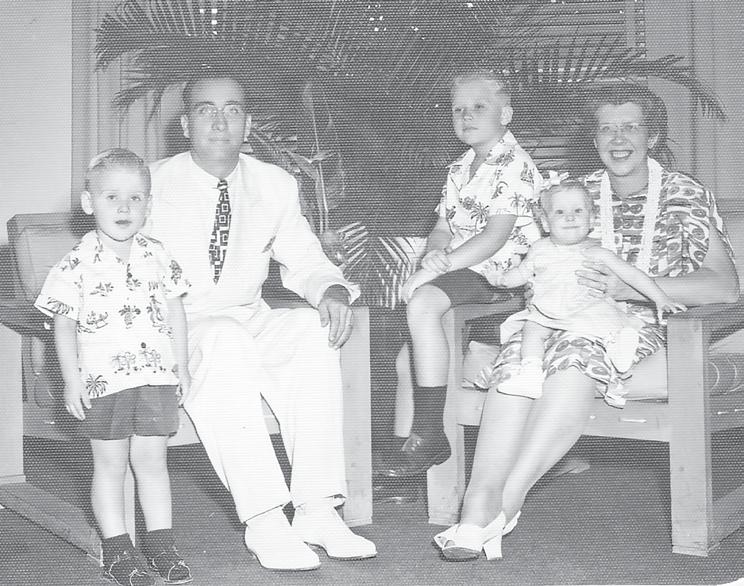
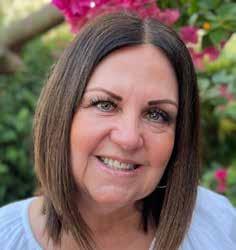
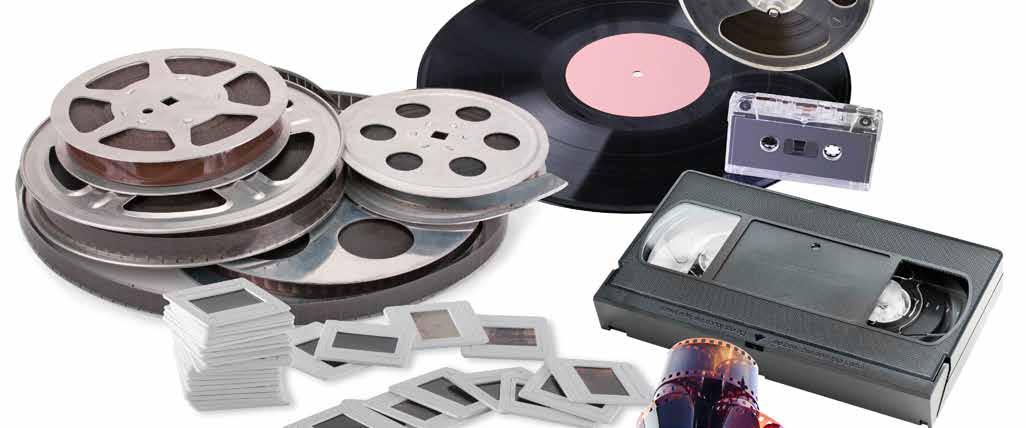
Burying Weapons of War
Continued from pg. 2 to join the Church. As I listened, I got this feeling from my head to the bottom of my shoes. I got the hatred out of my system.” As he sat there, Renstrom shared, “I thought, ‘Who do you think you are Keith Renstrom? Jesus Christ forgave those who killed him and they haven’t killed you.” Renstrom went on his mission back to the Japanese people.
Another missionary’s account is that of Elder Peter Nelson Hanson. Hanson fought in the Pacific Theater and was captured early on in the war by the Japanese in the Philippines. He was a prisoner of war for years, so long in fact that he lost the use of his legs. Following the war and his release he worked to regain the use of his legs. Peter recovered enough that he was called to serve in the Central Pacific Mission. One would think that going back to serve in the very region where so much trauma had taken place would give a young person pause. Elder Han- son accepted the call and fellow missionaries remember his struggle to walk while serving in Hawai’i. That was the outward battle he had to wage to serve as a missionary. One young missionary who knew him described him as one without animosity with a heart open to the Japanese speaking saints.
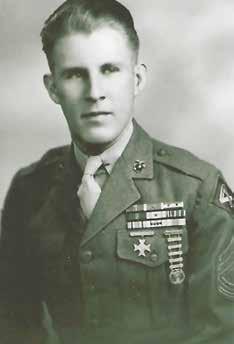
Elder Melvin Weenig was called to Japan as a young man but due to its closure in 1937, he was reassigned to the Central Pacific Mission on Oahu where he completed his first church mission speaking Japanese. Following his mission in Hawai’i his daughter, Karyn Madsen explains, “Exempted from military service during World War II because of his job in the grocery business, he worked a lot with Japanese farmers in the Ogden area. He cared for them. It was a part of his nature to accept and love.” You can imagine his surprise when in 1946, an apostle named David O. McKay walked into Weenig’s store and called him to serve as a mission president back to Melvin’s old mission. Melvin and Georgia accepted and moved to Oahu with their two young children and presided over missionaries that were pretty close in age to themselves. One elder claimed there was never a dull moment with the Weenigs.

Oahu is a particularly ethnic and diverse island. The conditions there during these tumultuous years were primed for contention. From these brief accounts perhaps we can take heart in the face of personal conflict, finding hope in the possibility that we can overcome contention with charity, the pure love of Christ, applied liberally.
